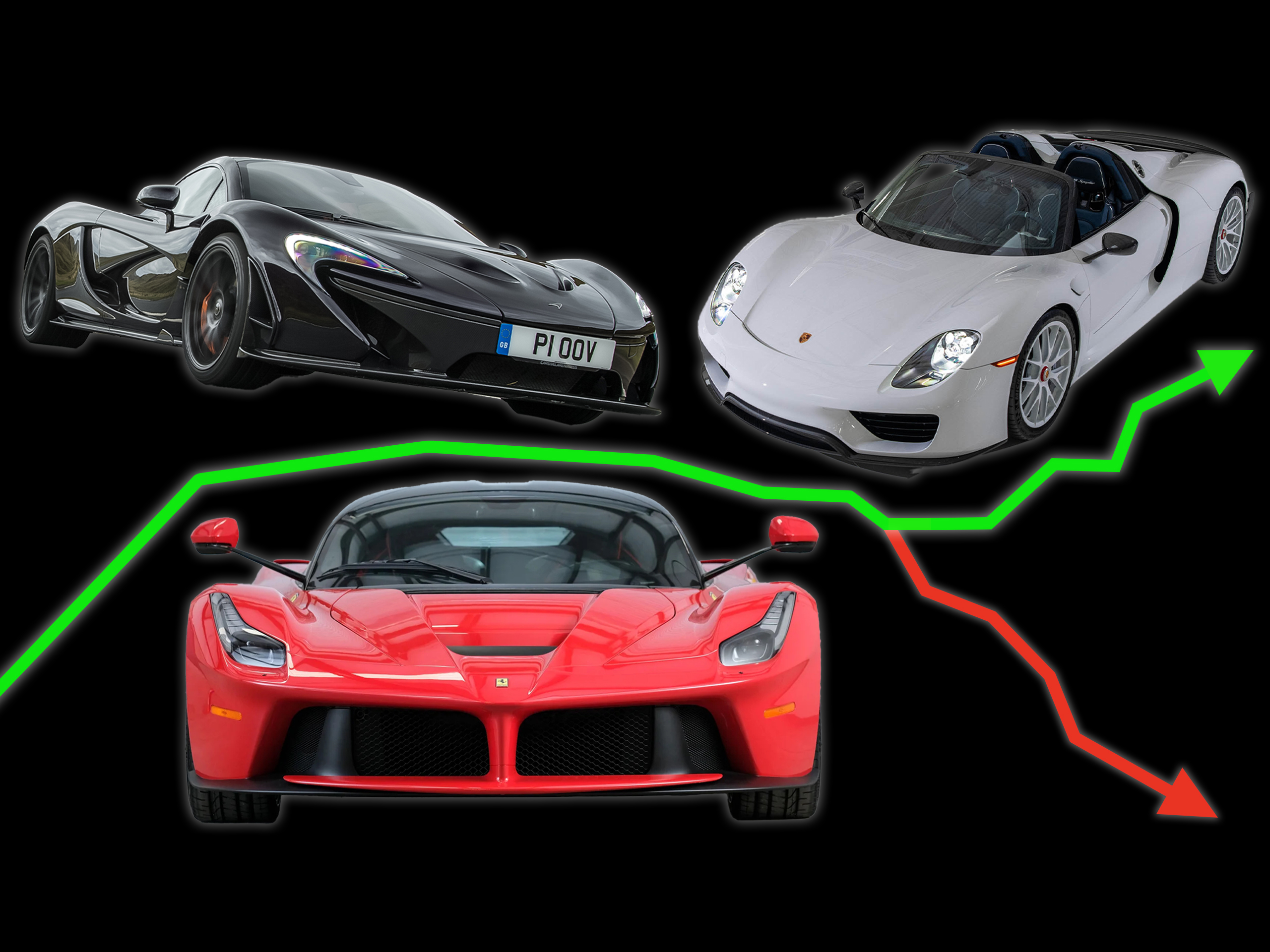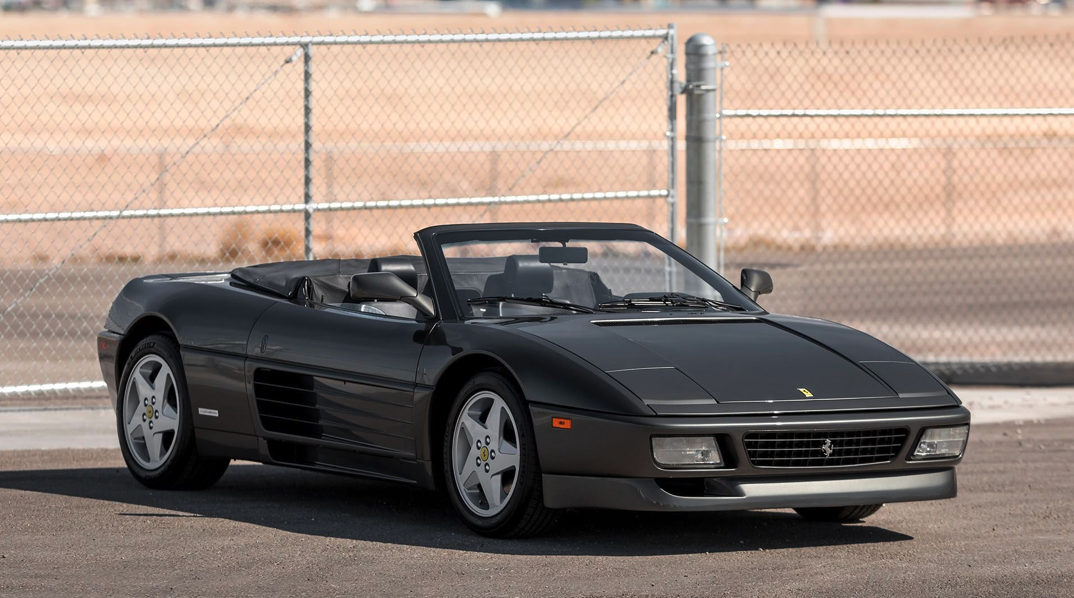Time flies in the car business, so it’s hard to believe over a decade has passed since a certain trio of halo hybrid hypercars burst onto the scene. They set a performance and design benchmark that defined the 2010s, and they hinted at the turbocharged, electrified future that quickly followed. By nature of their looks, speed, and exclusivity (you had to apply to buy one of these cars, and be invited to buy another), they became collectable instantly. And although they’ve seen some depreciation, they never dipped below £750K. That trio, of course, is the LaFerrari, McLaren P1, and Porsche 918.
Over 10 years on, they’re still deeply impressive and significant automobiles, but they’re no longer the latest and greatest, and the mystique that surrounded them in 2013–15 has diminished somewhat. Comparisons were inevitable then, and probably always will be. You can hardly speak about one without thinking of the other two, whether you’re talking lap times or sale prices. And just how does the market treat these cars 10 years after they sat atop the hypercar hill?

When Ferrari, McLaren, and Porsche started building their new, highly anticipated halo models within a few months of each other in 2013, a case of automotive déjà vu was inevitable. After all, these same three companies had done something similar in the early/mid-2000s with that decade’s definitive hypercar trio – the Ferrari Enzo, (Mercedes-Benz) SLR McLaren, and Porsche Carrera GT. But this time wasn’t a rehash of the same theme. The 2000s trio were quite different from each other – the Ferrari a cutting edge F1-inspired showpiece, the McLaren/Mercedes a brutally fast but comfortable GT car, and the Porsche a thrillingly analog stick shift sports car with world-beating performance. This 2010s trio, however, had conspicuous similarities. All were mid-engine, tech-heavy, and, surprisingly, hybrids. Gas-electric hybrids were nothing new, but what was novel here was that these cars exploited electric power primarily to enhance the performance of the internal combustion engine. Added fuel economy and cleaner emissions were just nice little bonuses.
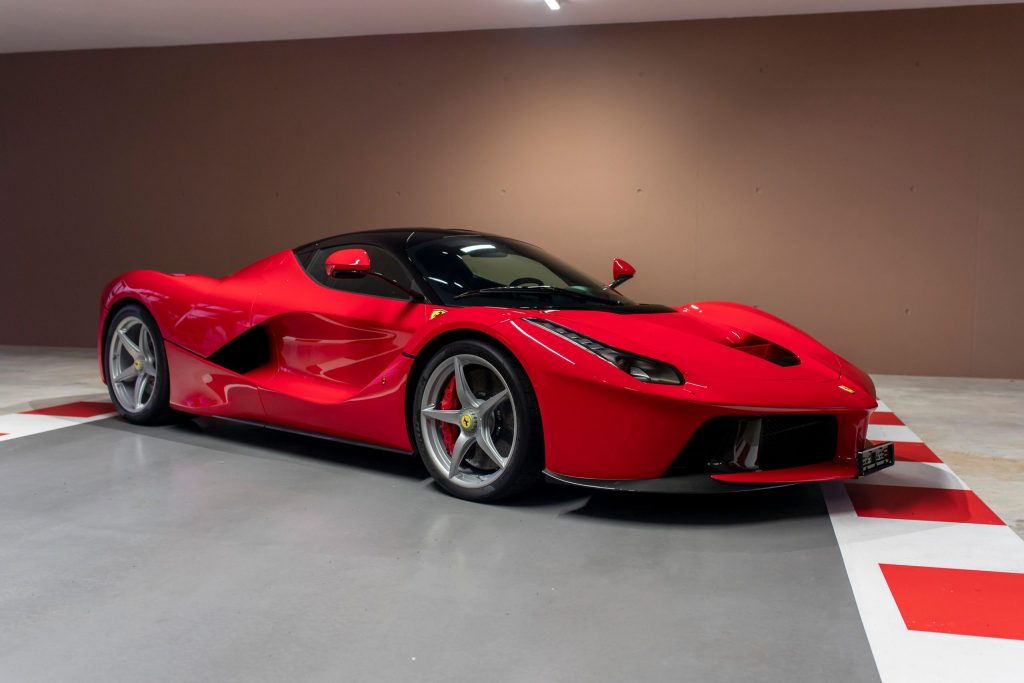
Introduced at the 2013 Geneva motor show, the redundantly named Ferrari LaFerrari (so called because it was “the definitive Ferrari of its era,” according to the company) was the next addition to the company’s supercar and hypercar dynasty that includes the 288 GTO, F40, F50, and Enzo. Like its predecessor, it only went to Ferrari’s preferred clients, meaning that even if you had £1M to plonk down on an impractical two-seater, Ferrari had to invite you to do so.
The LaFerrari’s carbon fibre bodywork was styled entirely in-house by Ferrari, and sits atop a carbon fibre monocoque. Its 6.3-litre V12 is from the same F140-family of engines that power the Enzo, 599, FF and others but in this case is tuned for 800 bhp, while the electric motor that works with it makes an additional 163 bhp. Magneti Marelli supplied two separate electric motors, one to send power to the rear wheels and another to power the ancillaries. It also has a Hybrid Kinetic Energy Recovery system (HY-KERS) developed through Ferrari’s F1 cars, which provides bursts of extra power at the driver’s discretion, for a total system output of as much as 950 bhp and 664 lb ft. The LaFerrari lapped the company’s Fiorano test track a full five seconds faster than the Enzo. Ferrari produced just 500 LaFerraris, then built a little over 200 examples of the LaFerrari Aperta, an open model with removable roof.
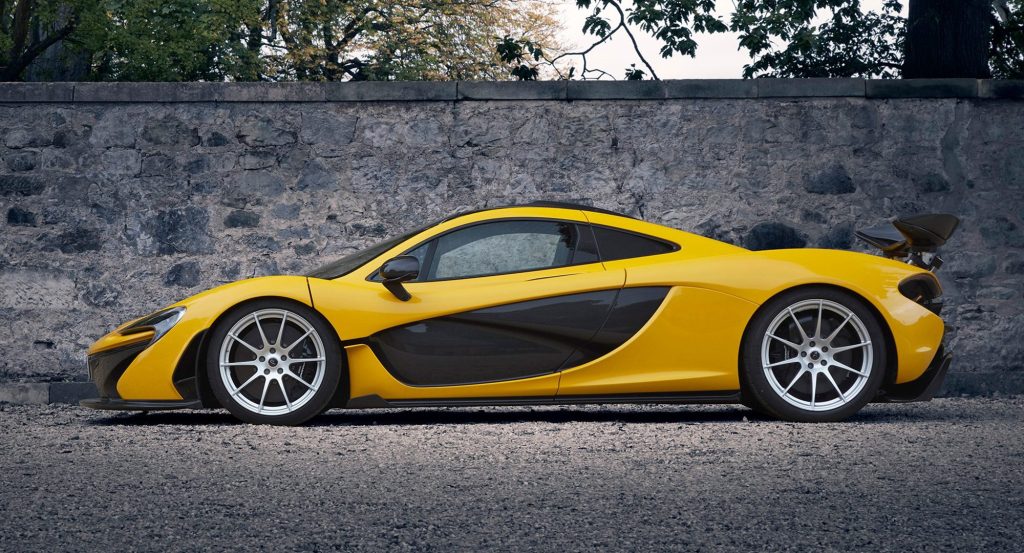
Although McLaren built the world’s fastest sports car in 1992 with the F1, it didn’t follow up with any in-house product, and simply went back to racing when production ended. (The SLR McLaren was produced with significant input and funding from Mercedes-Benz.) Then, at the beginning of the 2010s, McLaren finally started to become a volume sports car manufacturer with models like the MP4-12C. Much more ambitious, though, and something of a spiritual successor to the F1, was the P1.
Built around a carbon fibre monocoque chassis that McLaren calls “MonoCage,” it uses a 3.8-litre twin-turbocharged V8 similar to lesser cars in the McLaren range, but tuned to much greater heights with 727 bhp and 531 lb ft. The electric motor mounted to it fills in for the gas engine when it isn’t at peak power, like during lower rpms or during a gearshift, and makes 176 bhp, for a total system output of 903 bhp going to the rear wheels. Car and Driver magazine called it “every bit as great to drive as you might hope it to be”, and many period tests called it the rawest driving experience of the three. The limited production run of P1s sold out quickly, to approved applicants. Just 375 were built, with over a third going to the United States, so the McLaren is the rarest of the three hypercars by some margin.
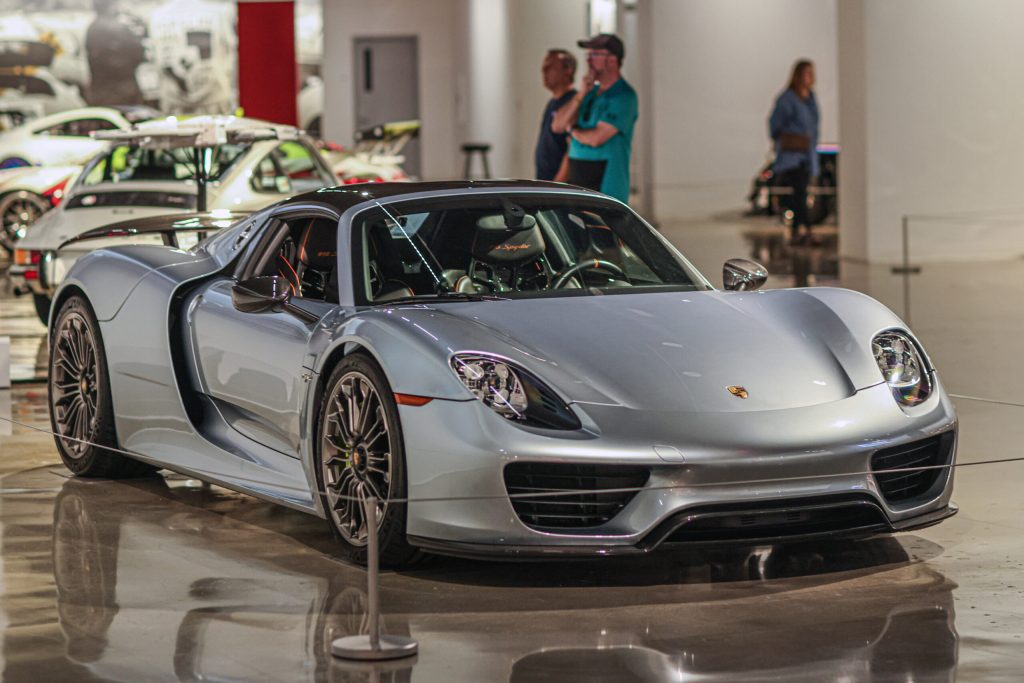
Unveiled at the Frankfurt motor show in 2013, the Porsche 918 followed a similar philosophy to its Ferrari and McLaren competitors. Its 4593cc V8 also sat behind the driver and relied on electric power to support it in key moments, and its total system output was a similar 887 bhp, going through a seven-speed dual-clutch semi-automatic like the other two. But there were a few key differences: The Porsche came with an electric motor at each axle. The front one directly drives the front wheels, and a clutch decouples it when not in use, so it’s effectively a part-time all-wheel-drive vehicle. It can also drive short distances in silence on electric power alone, and an optional front axle lift system gets the car over bumps, so it’s reasonably practical in the real world, and road testers called it the easiest to drive of the three.
A more significant option that adds a healthy bit of value and desirability is the Weissach package. Essentially a weight savings bundle that replaced certain aluminium parts with carbon fibre ones, it also featured lighter wheels, windscreen frame, roof, and mirrors, shedding a grand total of about 100 pounds.
In classic Porsche math of less car = higher price, the Weissach package grew the 918’s sticker from £545,000 to £600,000. Fittingly, Porsche sold 918 examples of the 918, making it a rare car by almost any definition. Compared to the Ferrari and McLaren, however, it is by far the most common, and when new it didn’t sell as quickly.
From the moment they hit the second-hand market, demand for these ultra-exclusive automobiles was high. Now, anyone with deep-enough pockets could buy one, not just the few cleared by the manufacturers. The initial buzz in the automotive media had been loud, all but screaming that these were basically the cars of the decade. The term “Holy Trinity” was bandied about a lot. So, when they started hitting specialist dealer showrooms and auction lots, prices climbed well above what they cost from the factory. Values then dropped significantly as demand wore off, but they rebounded during the early 2020s and have since settled into what appears to be a steady price range. All three followed this pattern, but there are some clear differences.
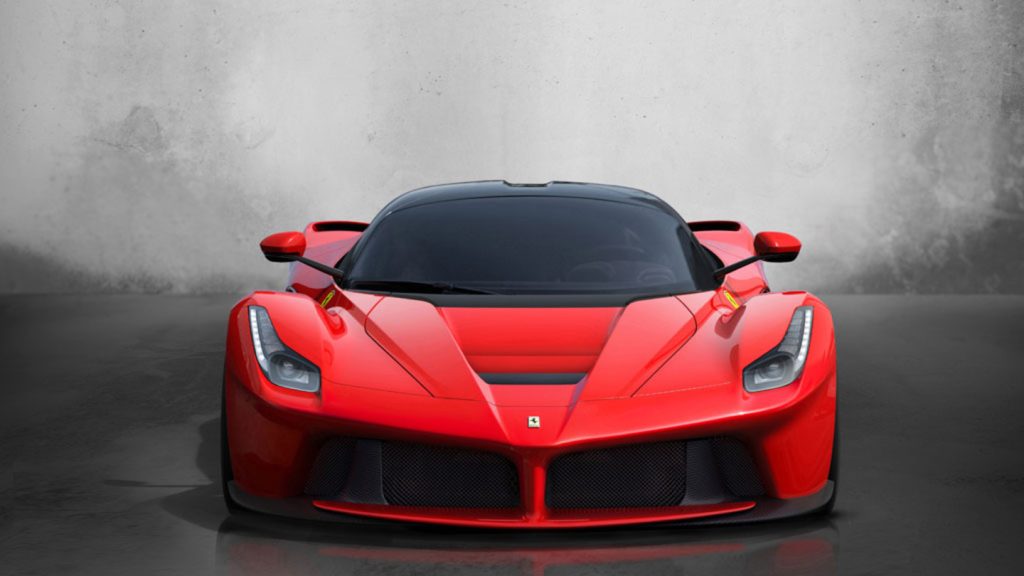
For the LaFerrari, prices appreciated during 2015–17 along with the other two, but the Ferrari grew at a much faster clip. From the end of 2015 to the end of 2018, #2 (excellent) values rose by over 57 per cent, peaking at £3.2M. By the last couple years of the decade, however, initial enthusiasm about the LaFerrari being publicly available wore off, and from the end of 2018 to the end of 2021, #2 values fell 22 per cent. Then, they rebounded in a big way during the pandemic boom, and have since settled at £3M. LaFerrari Apertas are worth even more, by nature of their rarity and open roof, and carry a #2 value of £4M.
Now that LaFerraris are getting on in age, they’re not the fastest Ferrari money can buy: An SF90 will go quicker around Fiorano. LaFerraris also have some well-known issues, specifically with the batteries. If a car sits (and many do) for long enough (more than five days, according to Ferrari) while unconnected to a power source, the batteries can degrade or fail. If the more complex HY-KERS battery should fail, it’s a six-figure replacement. Famously, rocker Sammy Hagar’s LaFerrari was pulled from auction in Scottsdale, Arizona, this year because, according to auctioneers Barrett-Jackson, “the car’s original high voltage battery was nearing the end of its anticipated 8-year lifespan.” Instead, it will cross the block in October with a fresh battery. Even so, the LaFerrari is far more valuable than the other two. This is likely down to its invite-only status when new, its four extra cylinders, and the fact that Ferrari is a more established name with a richer heritage of building cutting-edge road cars like this, even more than such storied names as McLaren and Porsche.
Like their nemesis from Ferrari, the McLaren P1’s values grew significantly from 2015–18, peaking at £1.8M for a car in #2 condition. Then they fell sharply, losing nearly half their value (49 per cent) from the beginning of 2018 to the beginning of 2021.
Their rebound during the pandemic boom also wasn’t as steep as the LaFerrari’s, and the McLaren’s prices have also tracked curiously close to the Porsche 918 despite being well over twice as rare. The #2 value currently sits at £1.3M. P1s sold more than once at auction have also proven to bring less money the second time around.
Despite their rarity and comparing favourably with their competitors, P1s have arguably performed the worst in the market. The P1 has been called a successor to the F1, but over two decades separate the two – there’s no direct lineage. Meanwhile, the P1 has much more in common (perhaps too much) with less expensive models in the company’s lineup, which themselves have spawned numerous limited and special editions. On top of that, there are also two newer halo models – the Senna and the Speedtail – that are crowding out the P1 from the McLaren family photo.
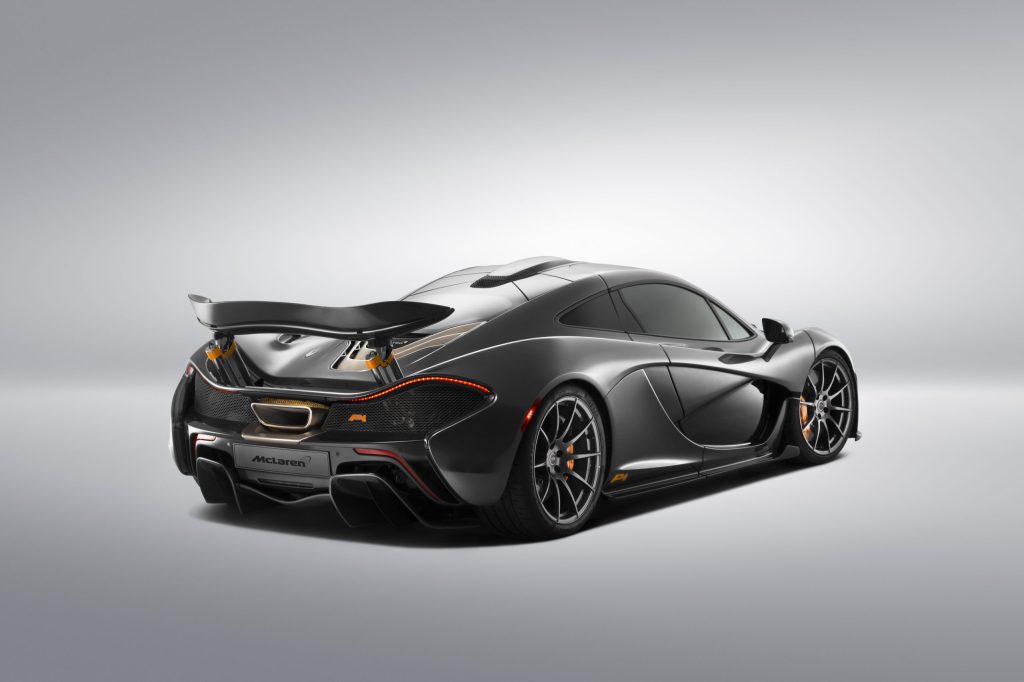
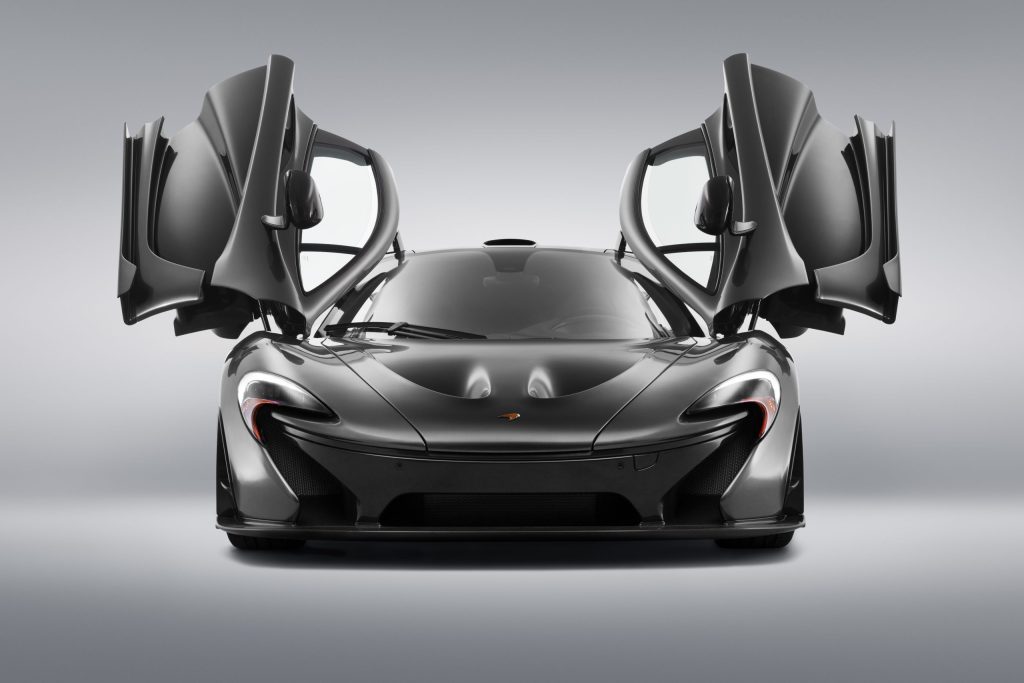
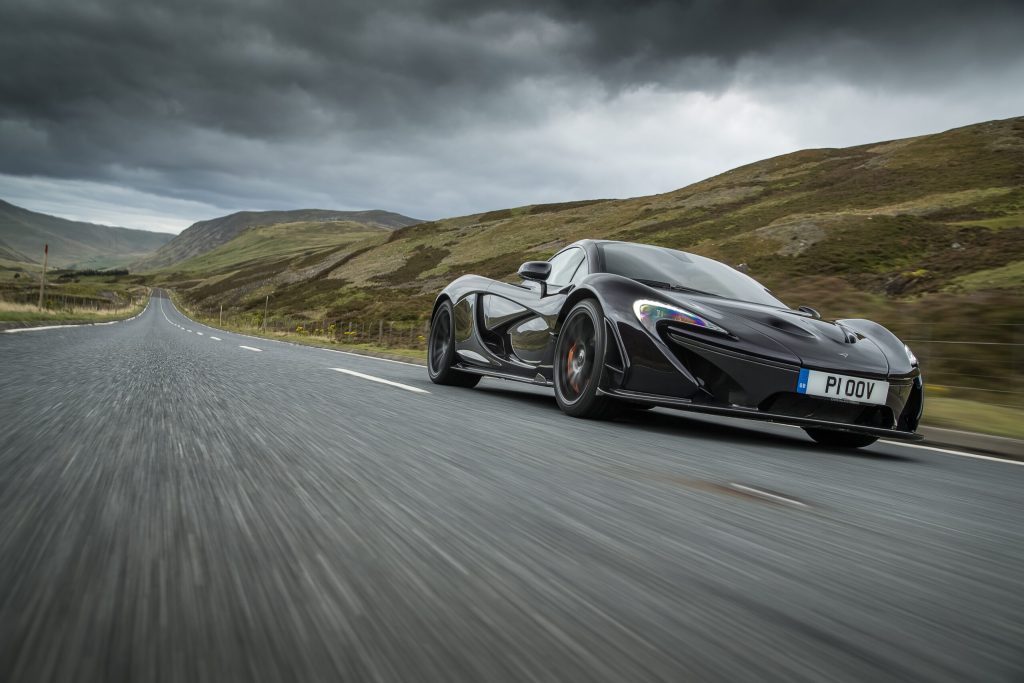
Ferrari and Porsche also have a tradition of building low-production top-tier exotics going back decades. When the P1 came out, McLaren had only been doing it on and off for a handful of years, literally. And there’s the issue of perishable battery packs with the P1, too. While things shouldn’t be as steep as the Ferrari, owners have reported that the battery charger costs £24,000, and a replacement or upgraded battery pack over £120K.
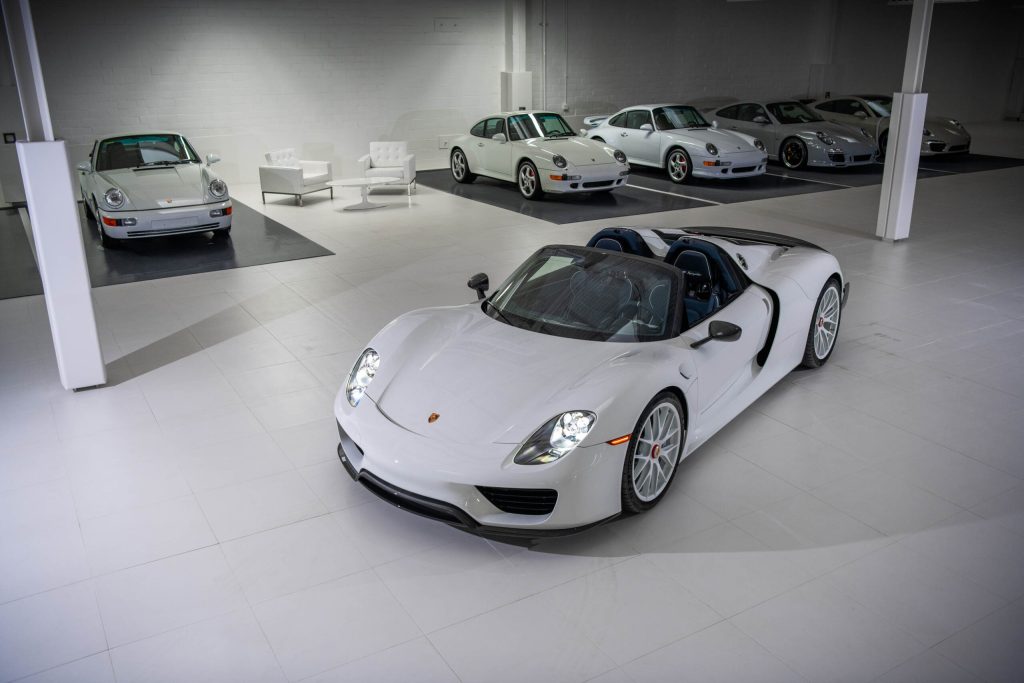
It makes sense for the 918 to be the “cheapest” of the three, and it is. Its #2 value peaked in 2018 at £1.4M, and followed the familiar pattern of slumping from 2018–21, then rebounding during the pandemic boom. It currently sits at £1.14M. Cars equipped with the Weissach package get a substantial boost, to £1.38M. Unique specs and colours can also command a premium, as they do for most Porsches. A paint-to-sample Grand Prix White car with matching wheels, for example, sold for a world record $3,935,500 (£3.1M) at auction last year, and one of perhaps two 918s finished in Gulf blue and orange livery sold for $3,525,000 (£2.76M) in March of this year.
The Porsche is probably the most usable and the cheapest to maintain of the three, but significantly higher supply of cars keep it from being the most expensive. If any of these cars is a “good buy,” it’s the Porsche.
In another 20 years or so, when the LaFerrari, P1, and 918 are proper classics, will their decade-defining status keep them in the pantheon of top-tier collector cars? Or will their extremely complex drive systems and pricy, perishable battery packs be an albatross around owners’ necks? Time will tell, but for now they appear to have settled into a realistic price range, and although their halos aren’t shining as brightly, they haven’t gone away.
